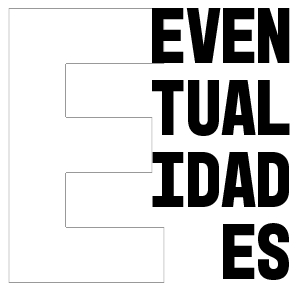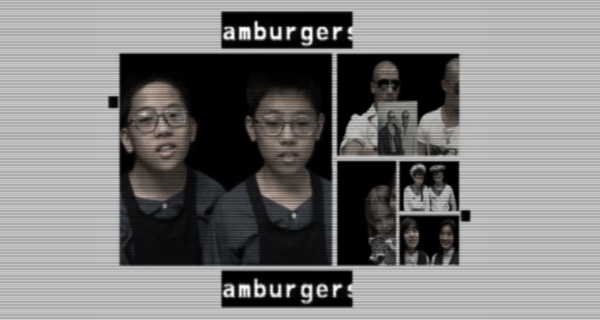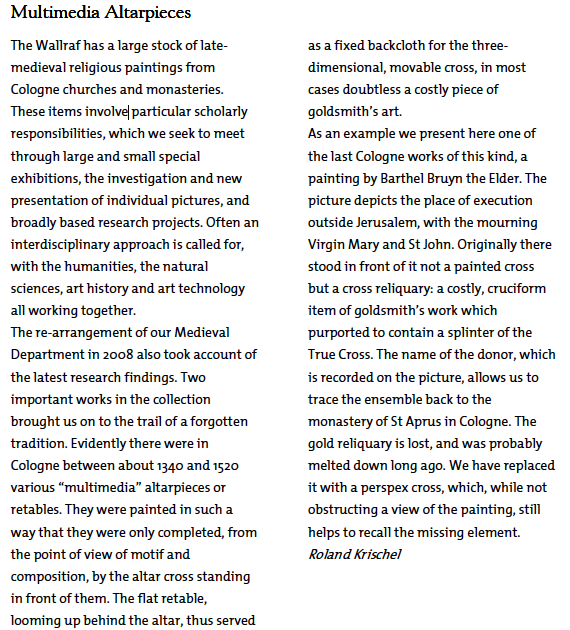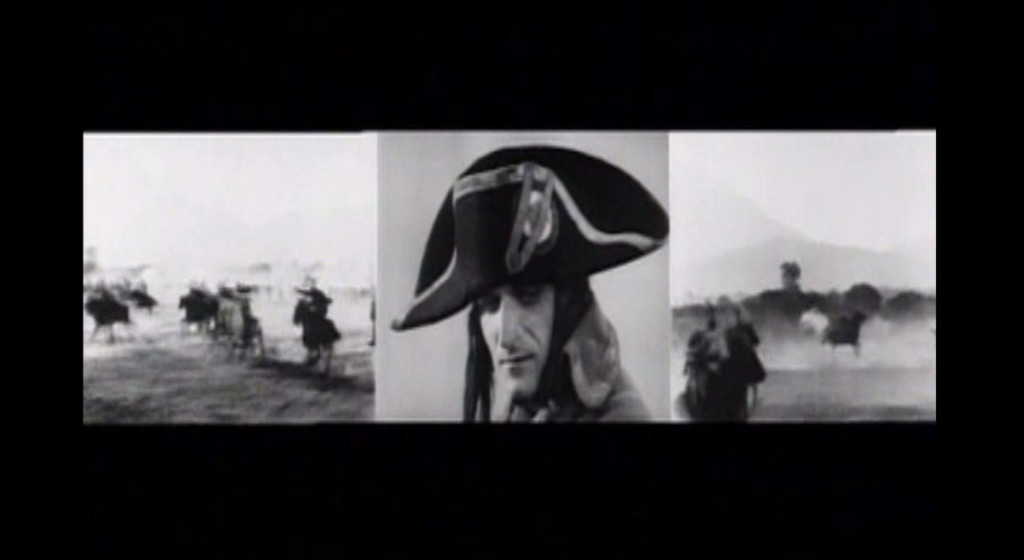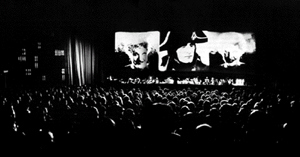Uma das cenas em split screen, planejadas por Saul Bass para o longa Grand Prix (1966)
“as seqüências de corridas de carro em Grand Prix (que retomam algumas experiências de Abel Gance com telas múltiplas, na década de 20), parecem indicar tudo aquilo que o cinema poderia ter sido, se tivesse assumido com maior firmeza o propósito de se tornar uma arte do século XX.” (Arlindo Machado, em O grafismo televisual)
clique para assistir uma montagem de 7 minutos, com estas cenas em tela dividida –>
“Parabolic People est à la fois un document d’installation et une vidéo expérimentale. Sandra “Kogut reprend ici des enregistrements captés dans ses vidéos cabines installées à Paris, Moscou, New York, Dakar et Rio de Janeiro. Résolument conçue dans un esprit humaniste, cette ouvre aux multiples facettes est en réalité la résultante d’une installation que Sandra Kogut a disposée aux quatre coins de la planète. En effet, le dispositif est simple : une cabine du genre photomaton sert de lieu de tournage à un public cosmopolite désireux d’improviser quelques minutes de vie devant la caméra. Les rushes, aussi différents qu’il y a d’individus, servent de support à une série de séquences de quelques minutes chacune.” (NOÉ-TV)
http://www.noe-tv.net/collection-fiction-documentaire/parabolic-people.htm
http://www.youtube.com/watch?v=zXUwjd8W6vU
O tema da montagem espacial
“Along with taking on a loop, Flora petrinsularis can also be seen as a step towards what I will call a spatial montage. Instead of a traditional singular frame of cinema, Boissier uses two images at once, positioned side by side. This can be thought of a simplest case of a spatial montage. In general, spatial montage would. In general, spatial montage would involve a number of images, potentially of different sizes and proportions, appearing on the screen at the same time. This by itself of course does not result in montage; it up to the filmmaker to construct a logic which drives which images appear together, when they appear and what kind of relationships they enter with each other.
Spatial montage represents an alternative to traditional cinematic temporal montage, replacing its traditional sequential mode with a spatial one. Ford’s assembly line relied on the separation of the production process into a set of repetitive, sequential, and simple activities. The same principle made computer programming possible: a computer program breaks a tasks into a series of elemental operations to be executed one at a time. Cinema followed this logic of industrial production as well. It replaced all other modes of narration with a sequential narrative, an assembly line of shots which appear on the screen one at a time. A sequential narrative turned out to be particularly incompatible with a spatial narrative which played a prominent role in European visual culture for
centuries. ” (Manovich, Lev. “Spatial Montage” in The Language of New Media).
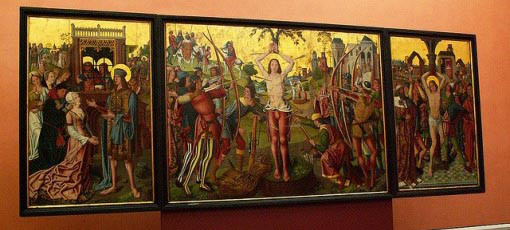
Tríptico Medieval no Musei Wallraf em Colônia
“Twentieth century film practice has elaborated complex techniques of montage between different images replacing each other in time; but the possibility of what can be called “spatial montage” between simultaneously co-exiting images was not explored as systematically. (Thus cinema also given to historical imagination at the expense of spatial one.) The notable exemptions include the use of split screen by Hans Abel in Napoléon in the 1920s and also by the American experimental filmmaker Stan Van der Beek in the 1960s; also some other works, or rather, events, of the 1960s “expanded cinema” movement, and, last but not least, the legendary multi-image multimedia presentation shown in the Chech Pavilion at the1967 World Expo. Emil Radok’s Diaolyektan consisted from 112 separate cubes. One hundred and sixty different images could be projected onto each cube. Radok was able to “direct” each cube separately. To the best of my knowledge, since this project nobo”dy tried again to create a spatial montage of this complexity in any technology.”
Exibição de cópia restaurada de Napoleon
Um aspecto mais contemporâneo da montagem espacial é o uso de multi-telas e projeções em estruturas arquitetônicas e no espaço público. Em Spaced Out: Radical Environments of the Psychedelic Sixties, Alastair Gordon faz um compilação ampla das possibilidades que surgem neste contexto, um momento em que aparece o conceito de cinema expandido. Sandra Naumman discute aspectos da história do deslocamento das imagens para situações mais especializadas, em seu artigo A imagem expandida: sobre a musicalização das artes visuais no século XXI.
Parabolic People, de Sandra Kogut –>
If 6 was 9, de Eija-Liisa Attila –>
